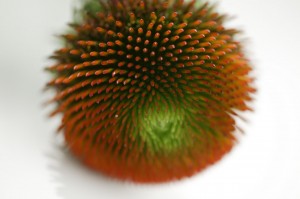Rudbekia
 Commonly known as the Coneflower, the Rudbekia was given its name by Carl Linnaeus, who pioneered the naming of flowers. He named the flower after Olaus Rudbeck, a well-known Swedish botanist.
Commonly known as the Coneflower, the Rudbekia was given its name by Carl Linnaeus, who pioneered the naming of flowers. He named the flower after Olaus Rudbeck, a well-known Swedish botanist.
Description
These flowers have large heads usually yellow in colour. They have dark, domed centres. They greatly resemble daisies, although they have larger yellow petals. The dark centres are the root of another common nickname for these flowers – Black-eyed Susan.
Habitat
Native to North America, these flowers grow best in well-drained soil and sunlight is essential to their survival.
Availability
It is best to plant Rudbekia in spring and summer, though they can be planted in early autumn if the climate is quite mild. The best planting time is in the spring once the frozen winter ground has started to warm up. Planting at this time is more likely to provide summer blooms.
Species
Rudbekia are part of the Asteracaea family and there are some very well-known varieties. Such as the Rudbeka fulgida (Black-eyed Susan) with its yellow-orange flowers and the Goldstrum variety which has a long blooming period.
Care Tips
Rudbekia are relatively easy to care for. You need to plant them about a foot apart. Once you have done that you can put compost around them, which helps keep moisture in the soil.
You only need to water the plants when there is little or no rainfall. If you cut off old flower stems, you can encourage more flowers to grow.
Did you know?
Carolus Linnaeus gave this plant its name in tribute to the man who taught him at Uppsala University in Sweden and, indeed, his teacher’s father, namely, Professors Olof Rudbeck the Younger and Olof Rudbeck the Elder.
References
http://www.flowers.org.uk/public/flower_search_by_name.php?selpage=rudbeckia.html
http://www.garden.org/plantguide/?q=show&id=2057


